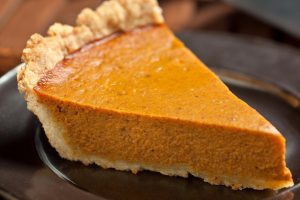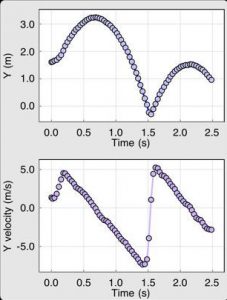This learning progression is based on the concepts of area. There are three math tasks the students will need to perform: an entry task related to a real world problem, a walk around activity, and an exit task related to the entry task. The walk around activity involves the entire class getting up and moving around the room to solve problems posted on the walls. This is one way to get the students to stretch their legs while also keeping them actively engaged in the lesson. There will be twelve problems posted on the walls around the room and the students will choose eight to solve. The idea of having the students choose which problems to do gives them the sense of freedom within their own education. The CCSS-Math that align with this learning progression are as follows:
7.G.A.1 Geometry: Draw, construct, and describe geometrical figures and describe the relationship between them.
- The students will be finding areas and demonstrating their knowledge of the different shapes used throughout the unit.
HSG-GPE.B.7 Expressing Geometric Properties with Equations: Use coordinates to prove simple geometric theorems algebraically.
- During lesson 6.7, there will be a couple problems where the students need to use the distance formula to algebraically solve for one side of a shape in the coordinate plane.
HSG-SRT.B.4 Similarity, Right Triangles, & Trigonometry: Prove theorems involving similarity.
During the lesson about areas, 6.7, the students will need to use the Pythagorean Theorem to solve for the height of triangles.

